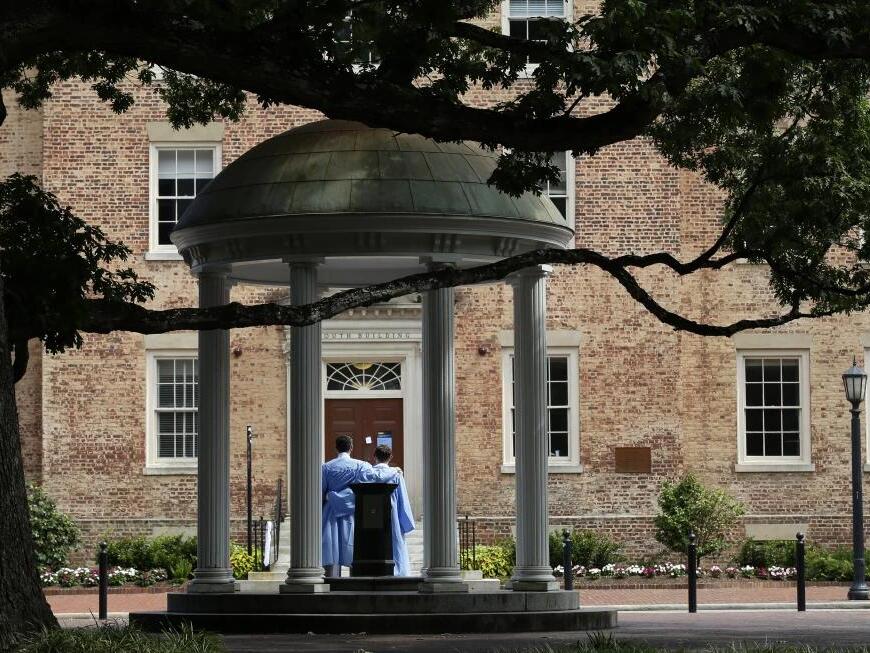Physical Address
304 North Cardinal St.
Dorchester Center, MA 02124
Physical Address
304 North Cardinal St.
Dorchester Center, MA 02124

A notable decline in the number of Black students enrolling in selective colleges has been observed following a recent Supreme Court decision that eliminated affirmative action in higher education admissions. While some institutions, like Princeton University and Yale University, reported little to no change in their demographics, others have seen significant shifts.
Changes are also evident among other marginalized groups, including Asian, Hispanic, and Native American students, although overall trends remain unclear. Experts suggest that understanding the full consequences of last year’s ruling, which prohibits considering race in admissions, may take years.
The fluctuating demographics of first-year classes can also be attributed to other factors, such as modifications in standardized test requirements and complications stemming from a new financial aid form rollout, which has influenced students’ decisions on where to apply and attend college.
Katharine Meyer, a fellow at the Brookings Institution, stated, “It’s really hard to pull out what one policy shift is affecting all of these enrollment shifts. The unsatisfying answer is that it’s hard to know which one is having the bigger impact.”
The University of North Carolina at Chapel Hill, closely monitored due to its involvement in the Supreme Court case alongside Harvard University, reported reductions in Black, Hispanic, and Native American student enrollment within its latest incoming class. Specifically, the percentage of Black students decreased by nearly 3 percentage points, now at 7.8%. Enrollment of Hispanic students also dropped from 10.8% to 10.1%, while the Native American population declined to 1.1%. In contrast, the percentage of Asian students rose to 25.8%, and the number of white students remained nearly unchanged at 63.8%.
UNC’s vice provost for enrollment, Rachelle Feldman, emphasized that it’s premature to assess long-term trends resulting from the affirmative action ruling. She mentioned the Free Application for Federal Student Aid delays as another factor potentially affecting the new class’s composition.
“We are committed to following the new law. We are also committed to making sure students in all 100 counties from every population in our growing state feel encouraged to apply, have confidence in our affordability and know this is a place they feel welcome and can succeed,” Feldman stated.
Other institutions have witnessed even steeper declines in Black student percentages in their incoming classes. For instance, the Massachusetts Institute of Technology saw a drop from 15% to 5%, while Amherst College’s percentage fell from 11% to 3%. In contrast, Tufts University experienced a less drastic decrease, with its Black student population shrinking from 7.3% to 4.7%. Yale, the University of Virginia, and Princeton reported fluctuations of less than a percentage point.
Many colleges did not disclose applicant demographics, making it difficult to ascertain whether fewer students of color applied or chose not to attend after being accepted.
Changes in other demographic categories have also shown inconsistencies. At MIT, for example, the percentage of Asian students increased from 40% to 47%, while the Hispanic and Latino representation dropped from 16% to 11%. At Yale, Asian students decreased from 30% to 24%, while white student representation rose from 42% to 46% and Hispanic and Latino students saw an increase of 1 percentage point.
In light of these shifts, colleges have been exploring various strategies to maintain the diversity they consider vital to campus life. JT Duck, dean of admissions at Tufts, emphasized the importance of outreach and partnerships with community organizations aimed at reaching underrepresented, low-income, and first-generation students.
Duck cautioned against drawing significant conclusions from year-to-year enrollment changes. “The results show that we have more work to do to ensure that talented students from all backgrounds, including those most historically underrepresented at selective universities, have access to a Tufts education,” he stated in an email. “And we are committed to doing that work, while adhering to the new legal constraints.”
According to Meyer, the declines in underrepresented minority students at colleges reporting data are less severe compared to the earlier impacts seen when states like Michigan and California implemented affirmative action bans decades ago. At that time, research on effective, non-race-based approaches for recruiting and enrolling diverse classes was not as developed.
Source: AP News



